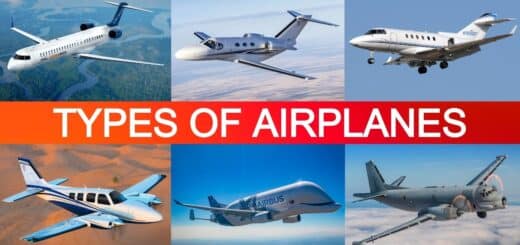17 Types of Trains and Advantages of Traveling via Train [with Pictures & Names]
![17 Types of Trains and Advantages of Traveling via Train [with Pictures & Names]](https://engineeringlearn.com/wp-content/uploads/2022/07/Trains-1024x539.jpg)
Types of Trains and Their Advantages [with Pictures & Names]: – A train is a bunch of railway cars. A few trains convey individuals. Others carry goods. Trains can move along one track or two trains are transport frameworks that have a progression of associated vehicles that run along a track. The main purpose of trains is to transport travelers or freight. The word ‘train’ comes from the Latin word ‘trahere’ signifying ‘to pull.’ Train tracks are normally made of two running rails which can likewise be enhanced by extra rails. We take trains to drive and go out traveling.
Tramways running on the streets stop at traffic signals. Distances between the stops are short. Hence individuals take tramways very much like taking buses or cabs.
You can find more subways in the downtown areas with numerous homes. Metro stations are under the ground, so they can go through any area. In downtown areas, tram networks are more elaborate and more open.
Different Types of Trains
There are various sorts of trains that you might go over during your travel. A few types of trains have been listed beneath.
1. Locomotive Trains: ( Types of Trains )
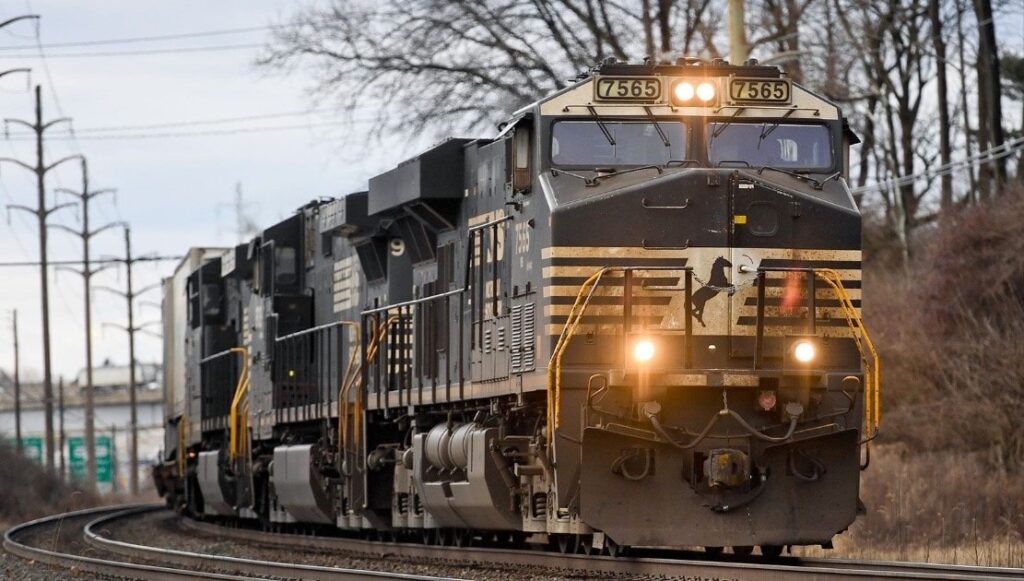
Trains used to be gravity-powered or pulled by ponies and ropes. In the nineteenth century, the steam locomotive was developed and afterward replaced by electric or diesel renditions. They became famous since they required less labor; nonetheless, they were more costly and complex. These trains turned into the most famous vehicle for the transportation of travelers.
2. Passenger Trains: ( Types of Trains )
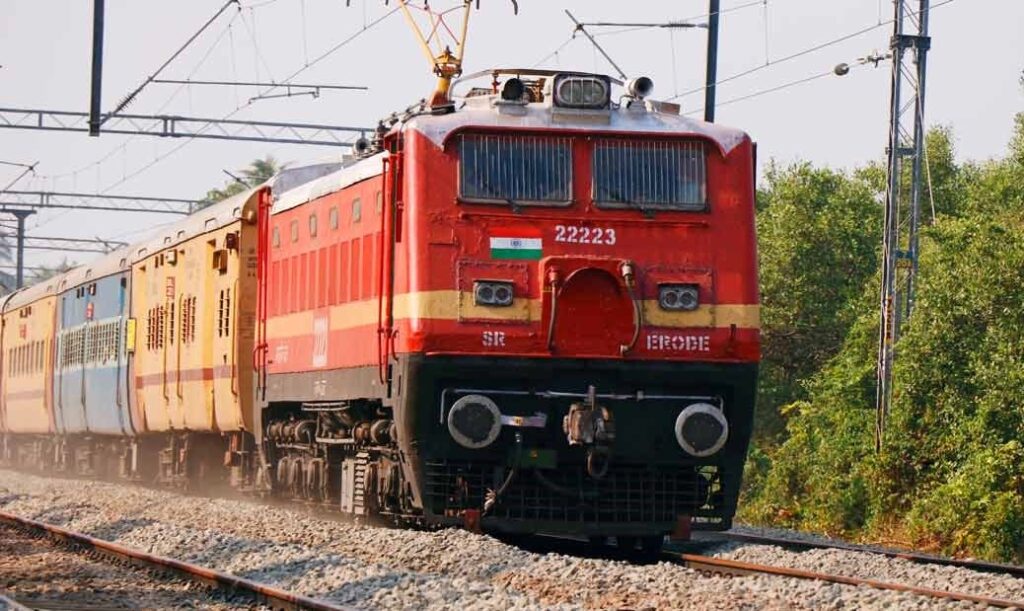
Passenger trains can be fast and are frequently long so that they can convey more travelers. They might have a self-powered unit or a blend of locomotives. These trains travel between warehouses or stations, where travelers can land or board. They normally have a fixed timetable, which is the reason they frequently have better track occupancy rights over different trains like cargo. There are three primary sorts of traveler trains: long distance, short distance, and trains within urban communities.
3. Short-Distance Trains: ( Types of Trains )
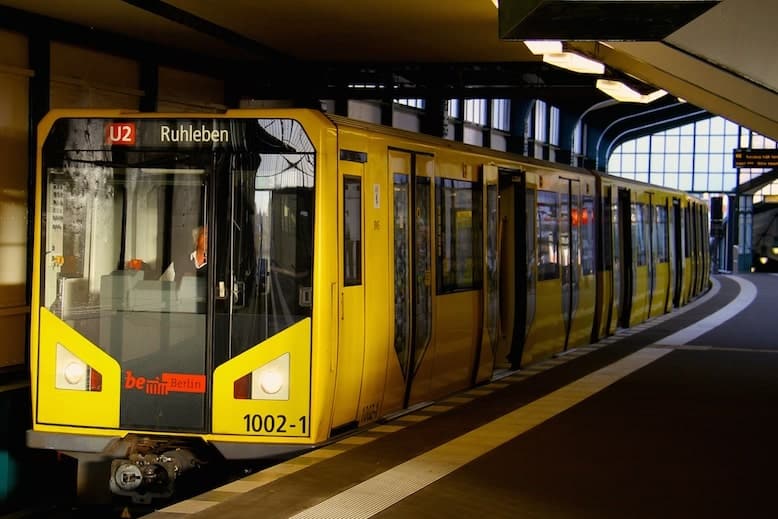
Short-distance trains are designed to convey more travelers. Their seating frameworks are many times more packed and could have space for individuals to travel while standing. The goal of these trains is to mass-transport individuals over short distances. This makes them more eco-friendly than cars and they additionally lessen the burden on the streets.
4. Long-Distance Trains: ( Types of Trains )

Long-distance trains are built for travel between various cities or a region of a country. They even get through a few countries on some occasions. They normally have a restaurant or dining car with the goal that travelers can have a wonderful dinner throughout their excursion. Trains that travel short-term like sleeping cars so travelers can rest during the travel. Distances over 500 miles are typically reserved for air travel, yet trains are modest and famous for traveling long distances in numerous nations. There is a wide range of long-distance trains all around the world.
5. High-Speed Rail: ( Types of Trains )

The high-speed rail is built for really long-distance travel since it can get travelers to their destination quicker. By and large, high-speed trains run at speeds over 200 km/h. Their dedicated tracks are designed to oblige such high velocities without the risk of fire from friction.
The high-speed train provides time reduction and money costs. They are likewise undeniably more harmless to the ecosystem than planes. They can convey more passengers and furthermore utilize less fuel. They reduce the time expenses of airport boarding, check-in, departure, and landing.
6. Inter-City Trains: ( Types of Trains )
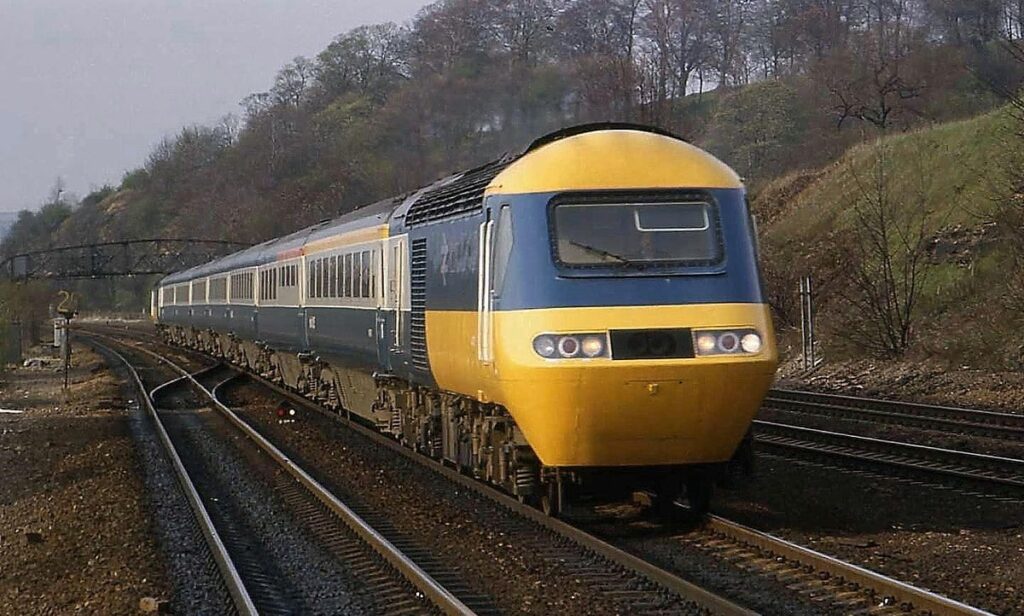
Inter-city trains are by and large long-distance trains that connect metropolitan areas in a country. The distances they cover are typically usually comparable to airline flights however they actually move at highway speeds. They might give a few conveniences like sleeper cars or feasting options.
7. Regional Trains: ( Types of Trains )

Regional rail lines connect stops between adjacent urban areas. They make a greater number of stops over a limited distance than inter-city trains yet travel longer distances than commuter trains. They operated beyond metropolitan regions and frequently connect the cities to rustic regions of the country
8. Commuter Trains: ( Types of Trains )
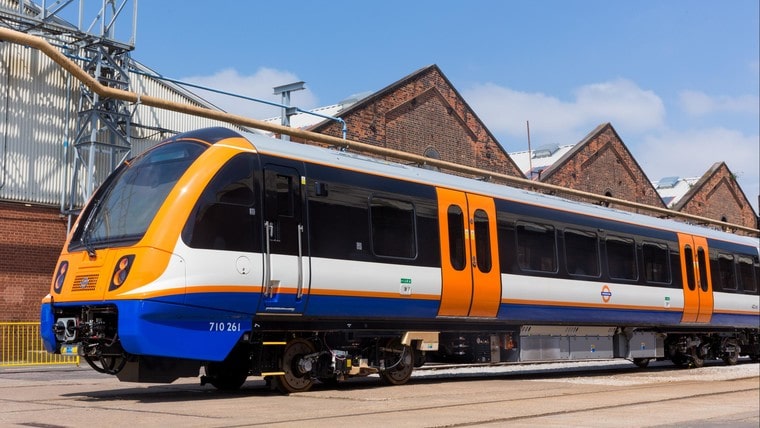
In some parts of the world, commuter trains are normally locomotive trains while regional trains in some countries commonly have different electric units. They carry individuals through the smallest surface region and diminish air pollution. A few carriages of commuter trains are built with more standing space than seats. They even work with wheelchairs, cycles, and prams.
9. Rapid Transit Trains: ( Types of Trains )
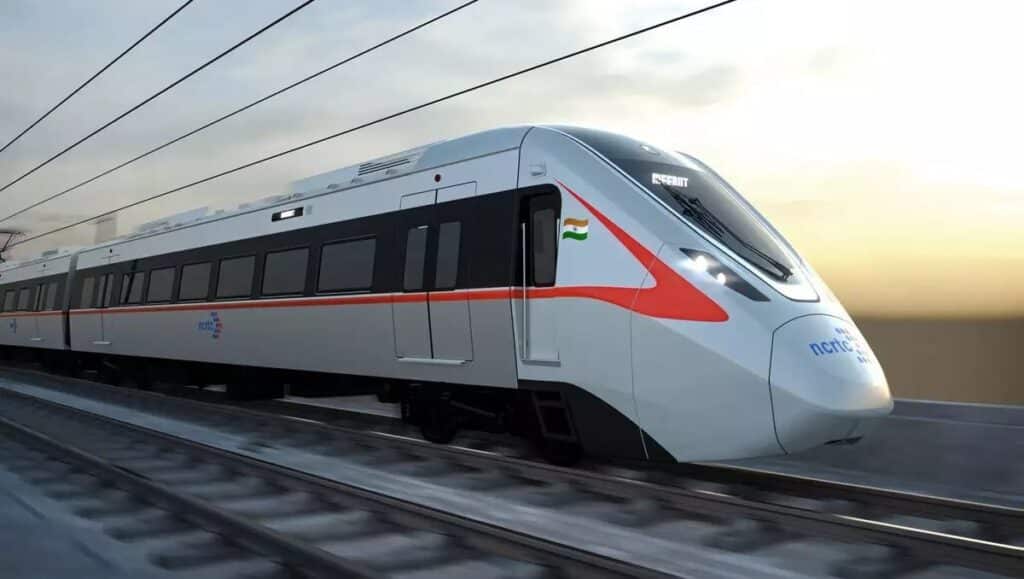
Large urban communities frequently depend on a metro framework. These systems can likewise be called tubes, a subway, or underground rails. They are normally powered by power flowing through a unique third rail. The rail roads are discrete from other traffic like underground tunnels in the downtown areas or on elevated overhead structures in suburbs. They are designed to decelerate and speed up faster than long-distance trains which are a lot heavier.
10. Tram Train: ( Types of Trains )
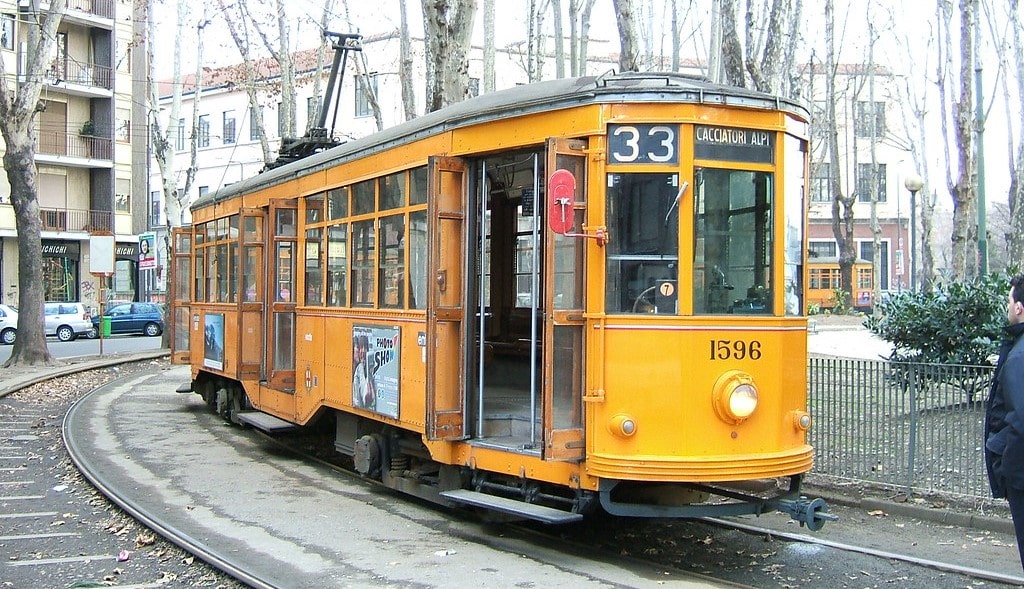
In Trams, there is a set distinction between a railway and a tramway under the law. In some countries around the world, similar trains are referred to as trolleys or streetcars. The chief difference between a railway and a tramway framework is really that cable cars generally run on different paths while trains have an alternate path from public roads.
11. Monorail: ( Types of Trains )
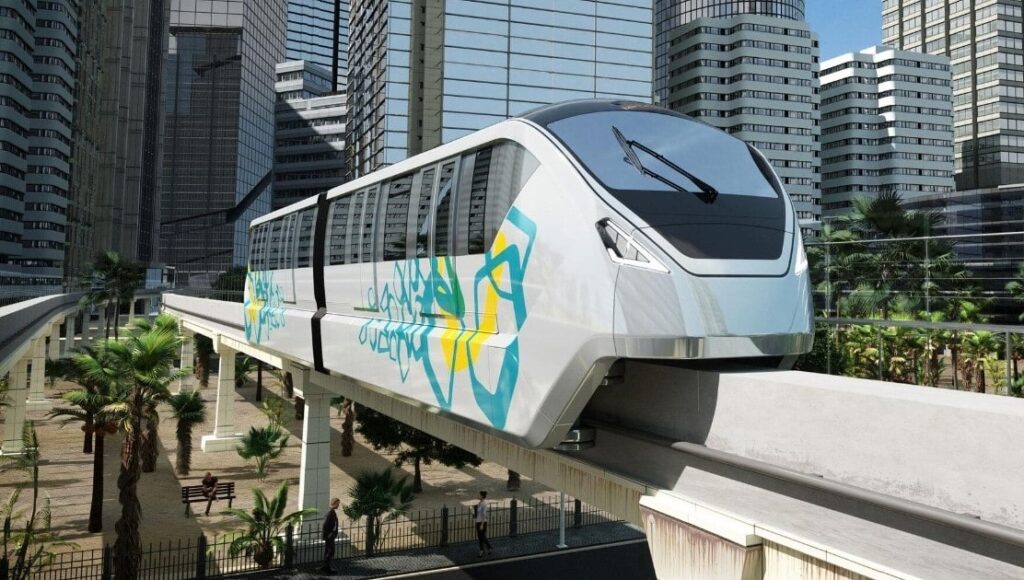
A monorail is a rail line framework that has a solitary track of a beam or rail. They were developed to meet the medium demands of traffic in metropolitan areas and ordinarily run on elevated rail tracks. Practically all monorails are designed with direct induction motors.
12. Maglev Train: ( Types of Trains )
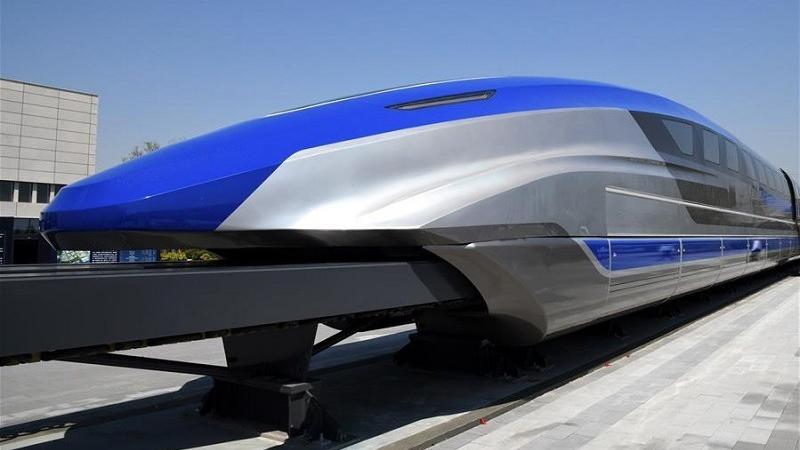
Maglev is a word gotten from ‘magnetic levitation’. A vehicle framework utilizes two sets of magnets to push the train over the track. One more magnet is utilized to move the floating train forward at incredible speeds since there is no friction that should be accounted for. They don’t travel too far yet give high-speed rails and planes good rivalry.
13. Named Trains: ( Types of Trains )
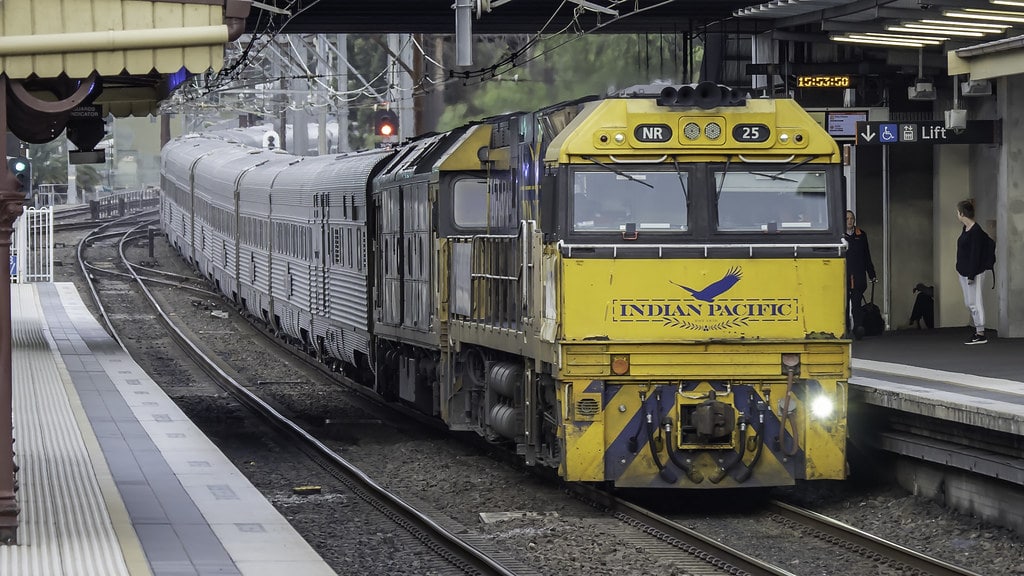
Railway companies frequently give their name a specific name as a marketing procedure. This increases the profile of the assistance and even draws in additional travelers. Typically, the most prestigious trains are given names like high-speed express trains that travel between urban communities.
14. Rail Car: ( Types of Trains )

The railcar is a self-propelled railway transportation system that moves passengers toward their destinations. Rail cars are often used to refer to a single car, coach, or carriage with a driver’s cabin at both ends of the vehicle. These vehicles are additionally equipped for pulling train carriages; in specialized rail use, they are frequently referred to as engine vehicles or rail motor coaches.
15. Automated People Mover Trains: ( Types of Trains )
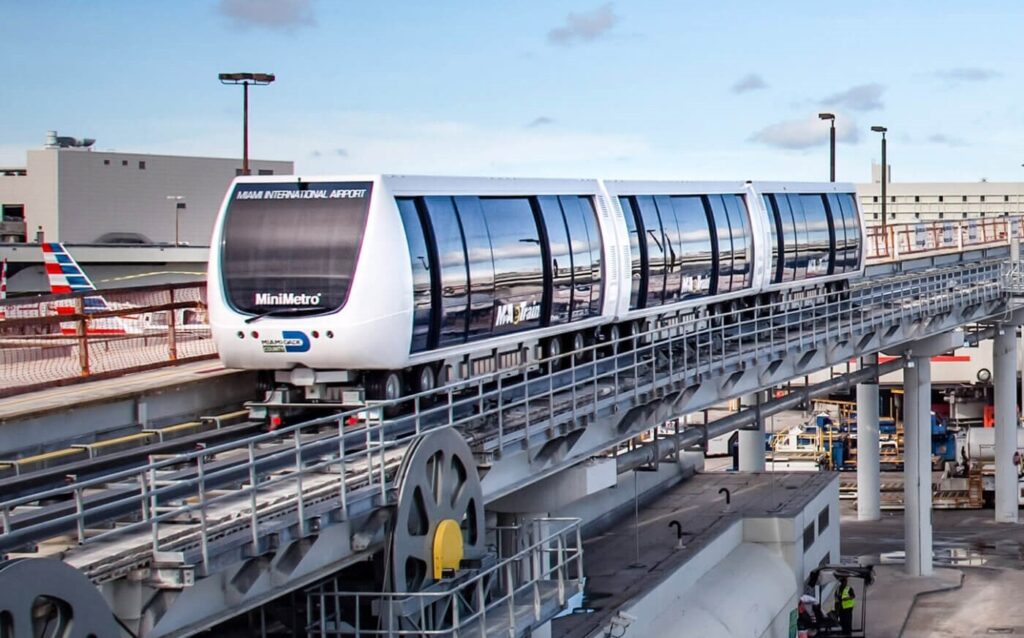
The Automated People Mover (APM) is a small-scale guide-way travel framework utilized in small regions like air terminals, amusement parks, downtown districts, or under the Capitol Building. They can use various innovations like a monorail, duo rail, or maglev.
Some APMs are more modest vehicles that work on offline stations to move passengers quickly over small areas relentlessly. Large vehicles can convey 20 to 40 individuals.
16. Light Rail: ( Types of Trains )
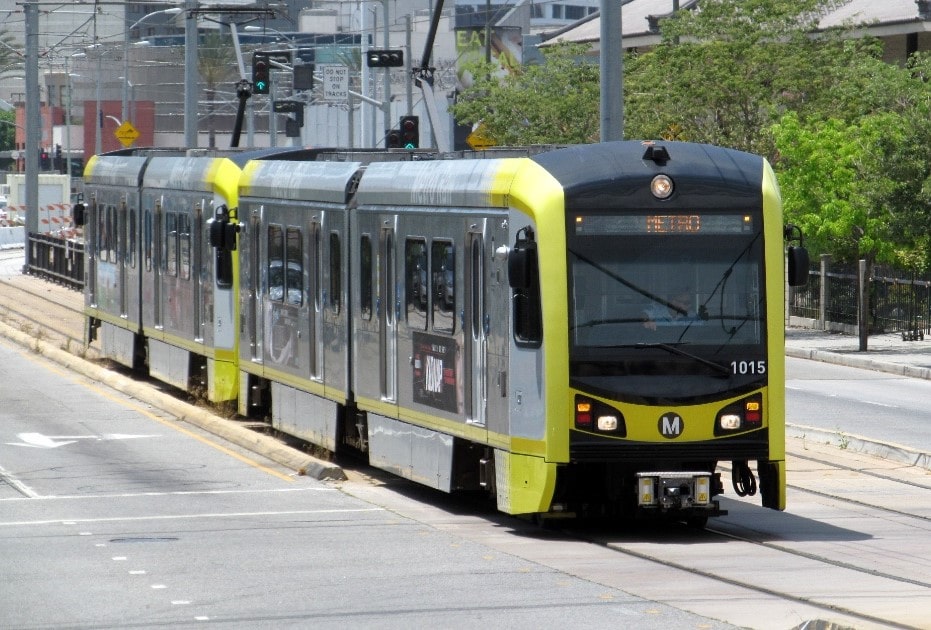
Light rails are frequently referred to as the modern tram frameworks yet they for the most part have their own different ways like heavy rail lines. They are a combination of a tram and a train. Not like subway trains, light rails might try and have level intersections, which are frequently safeguarded with crossing doors. In some underdevelopment destinations and denied regions, deserted heavy rails are much of the time utilized as modern light rails to associate the areas with bigger urban communities.
17. Freight Trains: ( Types of Trains )

Freight or Cargo trains are likewise referred to as good trains since they transport materials or cargo. They are not designed to carry travelers by any means. The vast majority of the world’s cargo is transported by such trains and they are essential for the industry. Transporting cargo via train can be truly efficient under the right circumstances. They are additionally an energy-efficient option than by road. They can convey a lot of bulk over long distances quicker than trucks and aren’t that fit for short-distance travel.
Advantages of Traveling via Train
1. Broad Options
It’s typical for train timetables to have trains running at regular spans, giving you lots of choices for when to travel, particularly while going between significant towns and cities.
Not at all like planes, trains frequently stop at small places as well, enabling you to visit and explore more places that are outside of what might be expected. Different ticket types give you choices with respect to the degree of administration that you require and the amount you need to pay.
2. Simply Jump On
Tedious methods, for example, really looking at your stuff, negotiating long queues, and going through the broad safety methods (safety checks) that one finds in air terminals are normally kept away from. More often than not when you travel by rail, you simply take your baggage to the station and get on the train.
3. Harmless to the Ecosystem
Apart from cycling and strolling, train travel is the most environmentally friendly for the ecosystem. Albeit computing precise figures can rely upon different variables, a journey by rail consistently brings about less ozone -harming substance emissions than an identical excursion via car or plane. Train travel is likewise a winner on ecological issues like noise and air contamination.
4. Relaxing and Comfortable
While going via train, you never feel trapped as you feel while driving, or on a plane. You can go to the smorgasbord, or bathroom, or simply stretch your legs any time you wish. You can drink a lager or a glass of wine. You are normally not as packed along with different travelers as you are on a flight.
5. Weather Conditions Delays Are Rare
Cancellations or postponements because of unfavorable weather conditions, for example, flooding and heavy snow are rarely uncommon with regard to trains. You can experience undeniably more issues while flying. Driving can likewise be substantially more sensitive to the elements, a heavy rainstorm can keep you back significantly, and snow and flooding can close down roads or streets completely.
6. Fast and Reliable
While it’s positively a fact that you sometimes experienced frustrating postponements, train services are for the most part a reliable form of transport. Over the time, rail ventures have likewise become increasingly fast as the innovation and framework have been upgraded.
Travelling city to city is currently typically much quicker by rail than by driving, and frequently quicker than flying (gave it’s not a long stretch), particularly on the off chance that you incorporate time taken in air terminal security lines, gathering baggage, and making a trip internally to various parts of the air terminal.
7. Midway Located Stations
Not at all like air terminals which most of the time found somewhere far off from the urban communities that they serve, stations are typically midway located, making them simpler to access via car, taxicabs, transport, or tram. This can diminish overall travel time and considerably fewer issues.
The nature of air terminals can likewise make them rambling, so in any event, when you are there, you can exhaust a lot of exertion getting to the right departure gate, customs control, or baggage collection area.
8. Timetable Options
Unlike plane flights which can be inconsistent for some routes, train timetables or schedules frequently offer more recurrence for the time of travel. Standard routes can have trains traveling a few times in an hour. At times there are multiple route choices, empowering you to take a longer yet more beautiful excursion, in the event that you are on vacation and want to see some open country.
9. Eat and Drink
Train travel provides you with a great deal of options for eating and drinking. unlike in a plane where your choices or options for purchasing the meals provided are frequently restricted and also not cheap, Trains usually for the most part make it simple for you to bring your own food and drink, and there is in many cases a table. There are no security constraints on things like liquids, so you can bring your own drinks, visit the buffet, or buy a snack from the streetcar administration.
10. Partake in the Scenery
Apart from the short time frames while taking off or landing, flying frequently implies that you are excessively high up to see the landscape exhaustively. Driving long distances can imply that all your attention is on road and assuming you’re in the driver’s seat, frequently going along busy expressways where there is close to nothing to see.
Conclusion
There are many kinds of trains relying upon where trains are running and what they carry. There are many types of trains with different functions. In areas of heavy snowfall, snowplows are valuable to eliminate snow on railway lines.
To analyze the conditions of rail tracks and framework, Inspection trains are there to look after the issue. When driving, you by and large wind up making regular stops to eat or buy drinks, as opposed to simply eating in a hurry. Train travel implies no worries over liquor as well, you can have several beers or a glass of wine, on the off chance that you wish.
Content Source: – lemonbin, wanderwisdom, transport
Image Source: – howstuffworks, mypublictransportpictures, dnaindia, flipboard, wikipedia, alstom, economictimes, chinadailyhk, flickr, poma, dkfindout
